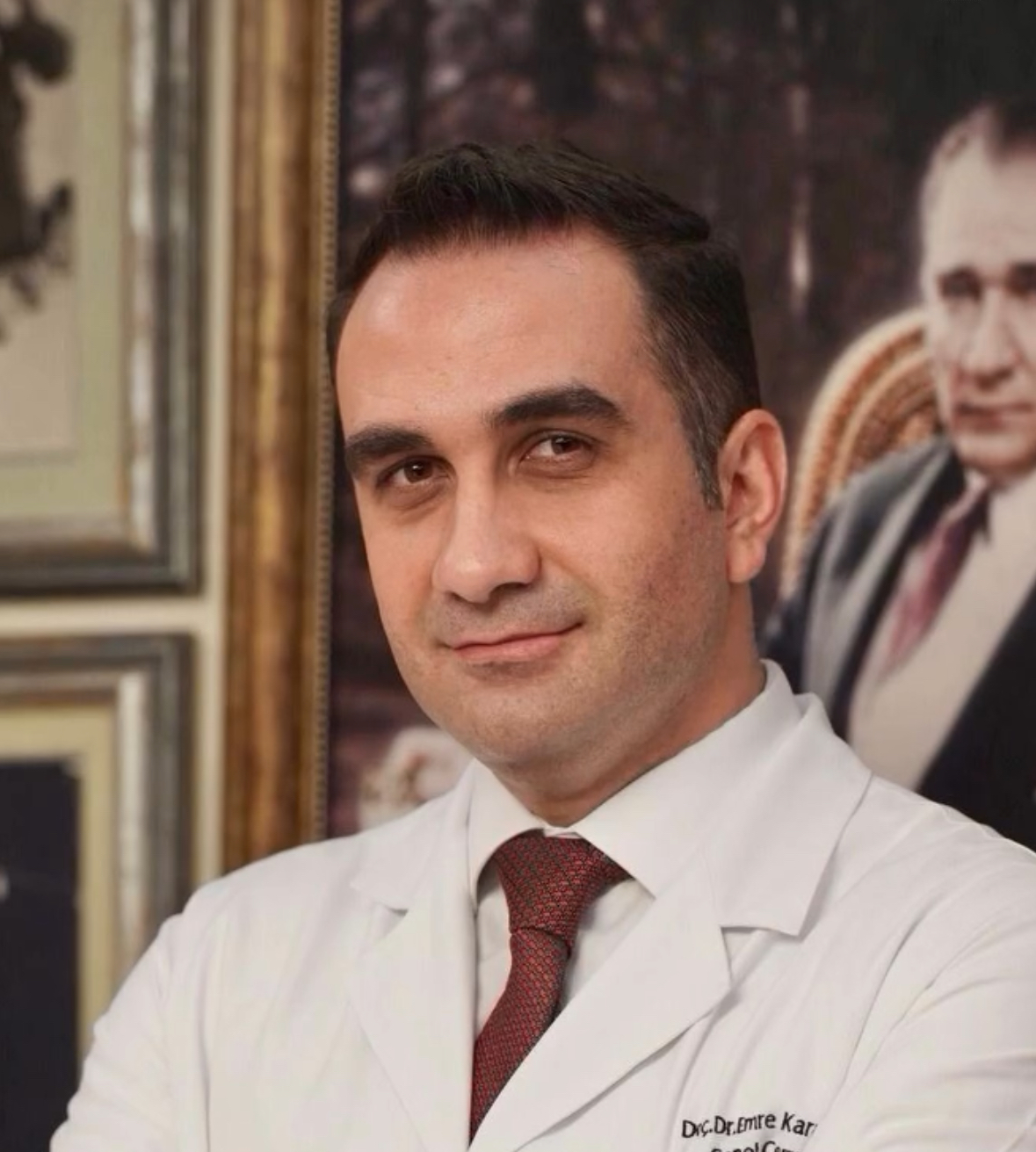
Management of urologic complications after kidney transplants
Adem Safak1, Emre Karakaya1, Ozgur Ozen2, Kursat Ozsimsek2, Fatih Boyvat2, Sedat Yildirim1, Mehmet A. Haberal1.
1Department of General Surgery, Division of Transplantation, Baskent University, Ankara, Turkey; 2Department of Radiology, Baskent University, Ankara, Turkey
Introduction: Urologic complications are most common surgical complications encountered after kidney transplant, causing significant morbidity and mortality. Rates of urologic complications after kidney transplant range between 2% and 12.5%. In parallel with the evaluation of minimally invasive percutaneous techniques and acquired experience, there has been a major shift from surgery to interventional radiologic procedures in the management of these complications. In these study we aimed to evaluate our urologic complications and their management retrospectively.
Material and Methods: Between November 1975 and April 2024 our transplant team has performed 3538 kidney transplant. From 1975 to 1983, we performed ureteroneocystostomies using the modified Politano-Leadbetter technique. From 1983, we began using the extravesical Lich-Gregoir techique in combination with temporary ureteral stenting in 1141 patients. We have been using our own corner-saving technique in a total of 2100 patients from September 2003 to the present day. We analyzed types of urologic complications, mean time to diagnose from kidney transplant, management of complications and their long term results.
Results: Urologic complications occurred in 98 (2.7%) kidney transplant recipients. 47(1.3%) of these patients had urine leakage, 37 (1%) had urinary obstruction due to ureteral stricture, 6 (0.1%) had distal ureter necrosis, 4 (0.1%) had urine leakage and obstruction and 2 (0.05%) developed renal calculi in the late postoperative period. Twenty-five out of 98 required reoperation for urologic complications. The remaining 23 patients were treated conservatively in our interventional radiology department with excellent results. Our interventional treatment methods are percutaneous nephrostomy with a double J stent, percutaneous nepfroureterostomy, balloon dilatation or double J stent only.
Conclusion: Urological complications are common after kidney transplantation. These complications; It can be managed by experienced personnel with early diagnosis, use of interventional radiology, and surgical treatment when necessary. Thanks the early diagnose and treatment graft kidney functions can be successfully preserved.
